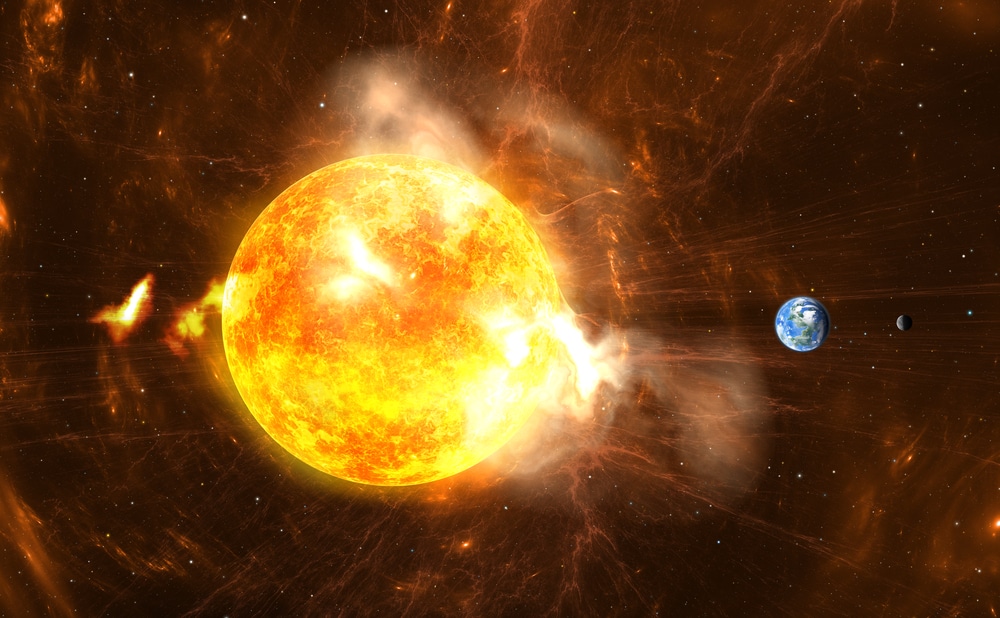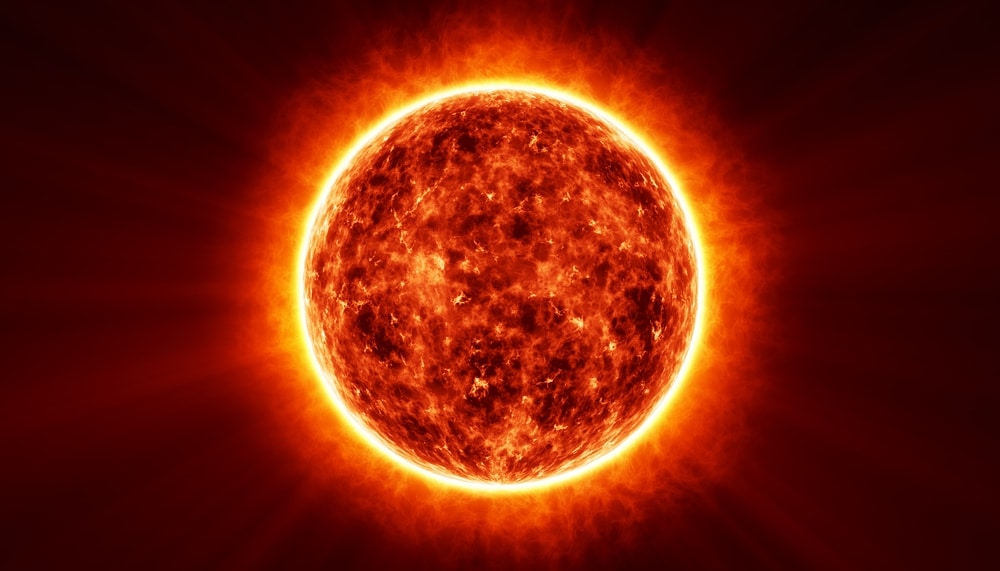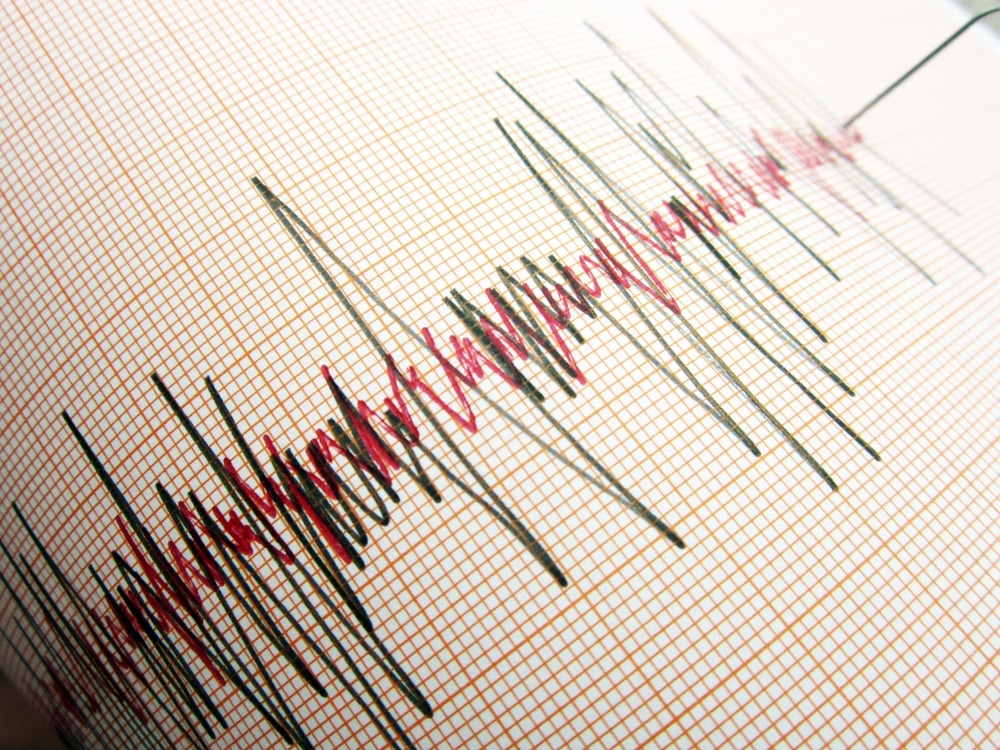A giant sunspot may be about to erupt, sending out the most powerful form of solar flares growing for days. Sunspot AR3089, which is facing towards the Earth, has now developed a delta-class magnetic field, meaning that it has built up enough energy that it may release X-class solar flares.
According to National Oceanic and Atmospheric Administration (NOAA), there is around a five percent chance that the sunspot will release an X-class flare. If it does, the flare may trigger a powerful geomagnetic storm in the Earth’s atmosphere, possibly resulting in damage to infrastructure and electromagnetic communication systems.
Sunspots are darker areas on the sun’s surface where coronal magnetic fields are particularly strong. When these strong magnetic fields realign themselves, this can eject solar flares, which are spurts of electromagnetic radiation, as well as giant plumes of solar plasma known as coronal mass ejections (CMEs).
According to spaceweatherlive.com, delta-class fields are usually associated with higher levels of solar activity, due to causing very big sunspots with a reversed magnetic polarity.
Solar flares ejected from sunspots are classified based on how powerful the X-rays are: C-class, M-class and X-class. C-class flares are common and have few noticeable effects on Earth, M-class flares are medium intensity and may cause minor geomagnetic storms, while X-class flares are the most powerful, but least frequent. X-class flares are 10 times more powerful than M-class, and an X10 flare is in turn 10 times more powerful than an X1 flare.
While the chances of an X-class flare occurring from sunspot AR3089 is low, if one were to occur, the resulting geomagnetic storms could have damaging effects on the Earth. According to NASA, X-class flares hitting Earth may result in damage to satellites, global transmission problems, worldwide radio blackouts, and potentially give airline passengers near the North and South poles small radiation doses.
GPS radio signals must pass through the Earth’s ionosphere between the Earth receiver and the satellite in orbit, meaning that when a geomagnetic storm is in effect and the ionosphere is disturbed, the radio signal is distorted and the receivers cannot accurately get a position.
The largest and most powerful X-class flare to hit the Earth is thought to have caused the 1859 Carrington Event, which resulted in bright aurorae being seen around the world, and caused sparking and even fires in some telegraph stations. It’s thought that if a storm of this magnitude occurred today, it would result in extended outages of the electrical power grid. (Newsweek)

















